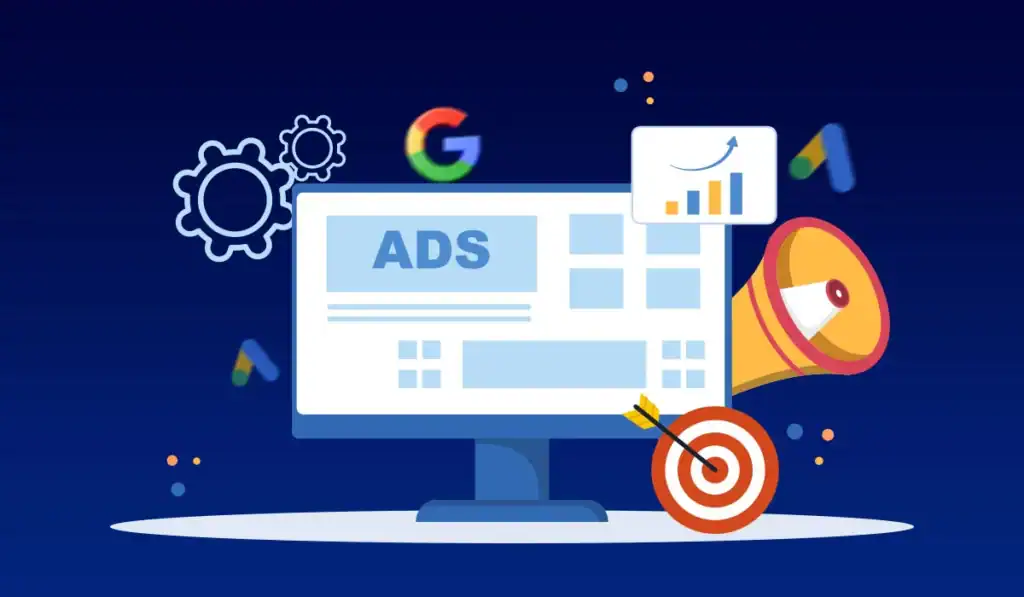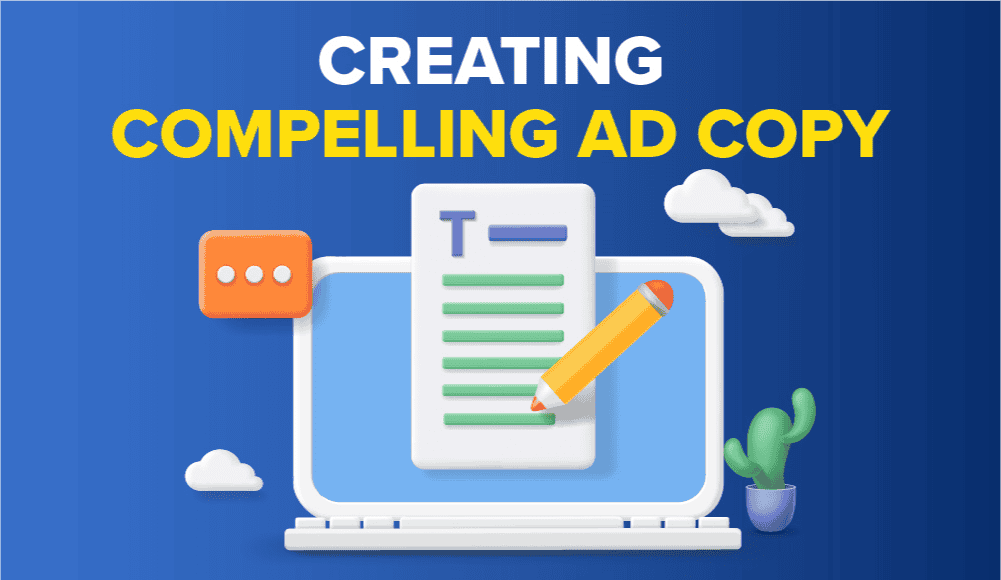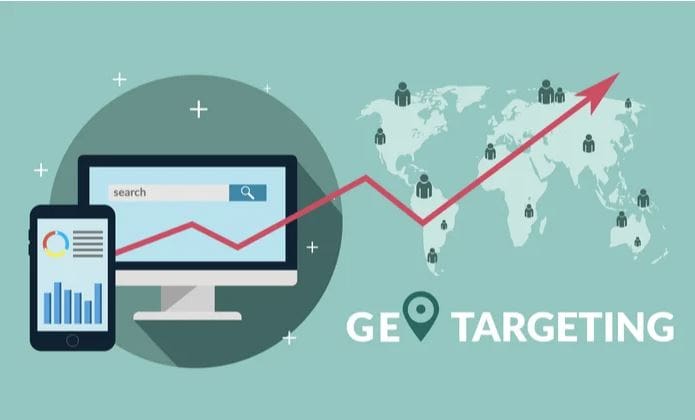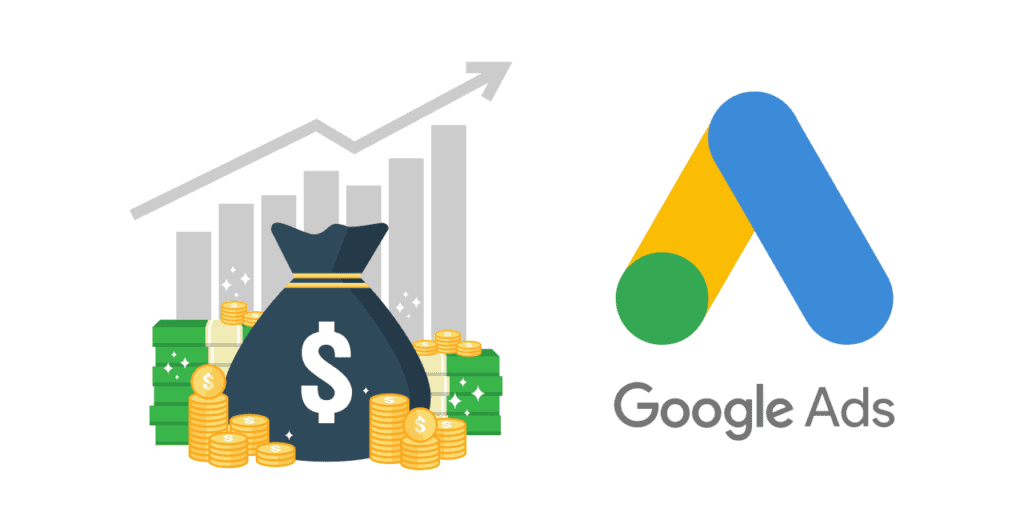Want to boost your cosmetic surgery clinic’s patient bookings through Google Ads? I’ve helped numerous clinics achieve a 3-4x return on ad spend, and I’ll show you exactly how to replicate these results. Let’s dive into the strategies that are working right now in 2024.
Setting Up High-Converting Google Ads for Cosmetic Procedures
I’ve found that successful cosmetic surgery Google Ads campaigns start with ultra-specific ad groups. Instead of lumping “breast augmentation” and “mommy makeover” into one group, you’ll want to create separate campaigns for each procedure. This approach has helped my clients reduce cost per lead by up to 40%.
The secret sauce? Using procedure-specific landing pages that match your ad content exactly. When I implemented this for a Beverly Hills clinic, their conversion rate jumped from 2.3% to 7.8% in just two months.

Targeting the Right Keywords for Cosmetic Procedures
Through managing over $500,000 in ad spend for cosmetic surgeons, I’ve discovered that long-tail keywords like “best rhinoplasty surgeon in [city]” or “natural-looking breast augmentation cost” consistently outperform broader terms. They might have lower search volume, but they convert at nearly triple the rate.
Here’s something most marketers won’t tell you: negative keywords are just as crucial as your target keywords. I always block terms like “cheap,” “discount,” and “low cost” because they typically attract price-sensitive patients who rarely convert.

Creating Compelling Ad Copy That Converts
Your ad copy needs to address the two primary emotions driving cosmetic surgery searches: desire for change and fear of choosing the wrong surgeon. I’ve tested hundreds of ad variations, and the winning formula consistently includes board certification mentions and years of experience.
For example, this ad headline crushed it: “Board-Certified Plastic Surgeon | 2,000+ Successful Procedures | Before/After Gallery.” It achieved a 12% click-through rate, well above the industry average of 3.17%.
Remember to highlight your unique selling propositions. One of my clients offers 3D imaging consultations – featuring this in their ads increased qualified leads by 35%.

Location-Based Targeting Strategies
I’ve learned that cosmetic surgery patients typically won’t travel more than 25 miles for a consultation unless you’re in a major metropolitan area. That’s why I recommend setting up radius targeting with bid adjustments based on distance from your clinic.
One clever trick I use is increasing bids during office hours and reducing them late at night. This ensures your budget is spent when your staff is available to answer calls and book consultations.

Maximizing ROI with Conversion Tracking
Don’t make the rookie mistake of tracking only form submissions. I always set up call tracking and implement conversion values based on procedure types. A mommy makeover lead might be worth $200, while a Botox lead might be worth $50.
By assigning different values, you can optimize your campaigns for the procedures that bring the highest return. Using this strategy, I helped a clinic in Chicago increase their ROI by 127% within three months.
I also recommend setting up remarketing lists for website visitors who viewed specific procedure pages. These warm leads typically convert at 4x the rate of cold traffic.
Budget Allocation and Bid Strategy
For cosmetic surgery Google Ads, I’ve found that starting with a daily budget of $100-150 per procedure gives enough data to optimize effectively. Don’t spread your budget too thin – it’s better to dominate one procedure than to underperform in many.
When it comes to bidding strategies, I typically start with manual CPC for the first month to gather data, then transition to Target CPA once we have at least 30 conversions. This approach has consistently delivered the best results for my clients.
Pro tip: Allocate 20% of your budget to branded terms. While these might seem like “easy” wins, I’ve seen competitors bid on my clients’ brand names and steal potential patients.








